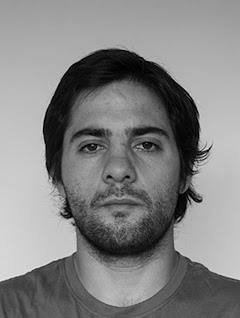Beat
I typically cover spot news and protests.
One Shot

“During last year’s protests against the Chilean government, I captured an image that filled me with joy. A boy and girl stand, both in hoods, the girl touching the boy’s masked face. It was a beautiful moment, an act of love in the midst of the violent social outburst. This photo is important to me because it depicts another side to the protests. It is an intimate image that emphasises the complexity of the struggle for dignity in my country.”
Profile
At school, one of my favourite classes was art. Lucia, the art teacher, gave me her Zenit camera and was my guide for a while, but I am mostly self-taught when it comes to photography. Then I started to shoot my city, portraying my friends and surroundings. I wanted to show my world and what I felt through the images.
My first assignment for Reuters was a presidential change-in-command after Michelle Bachelet was elected for the second time as president. I got to the first point very early, and at first, I was nervous, as I didn’t know where the best position to wait for the key moment would be. Suddenly, a truck passed me following the president’s path. I managed to convince the driver to take me a few blocks further down the road. Without thinking, I managed to get more than I expected.
Northern Chile received its most intense rain in 80 years on March 25, 2015. The dry rivers filled up and then overflowed. It was shocking to see how everything changed in an instant, people carrying their children through muddy streets, some looking for their missing relatives. It showed me how fragile life is, but also the strength of humanity to overcome adversity.
The tasks that excite me the most are those that need days to develop, like human stories. Getting to know people and their environments allows me to understand their problems, to bring out the hidden elements in their stories that can only be captured through walking in their shoes and gaining respect for them.
Never risk your life for an image. When I was in photography school, I used to cover protests. Once during a moment of confrontation, I lost sight of the police and was hit by a water cannon. The impact threw me to the ground and a police truck almost hit me. I learned to be aware of my surroundings, particularly during fast-moving situations that could quickly become dangerous, and then to keep a safe distance.
Photojournalism will continue to be fundamental in society. Communicating through an image is one of the fastest ways to tell a story and the high impact of an image could alleviate a social problem. Conventional media forms have changed, but many new ones have been developed that allow us to tell stories and news. Social networks are very good tools that accompany this change.
